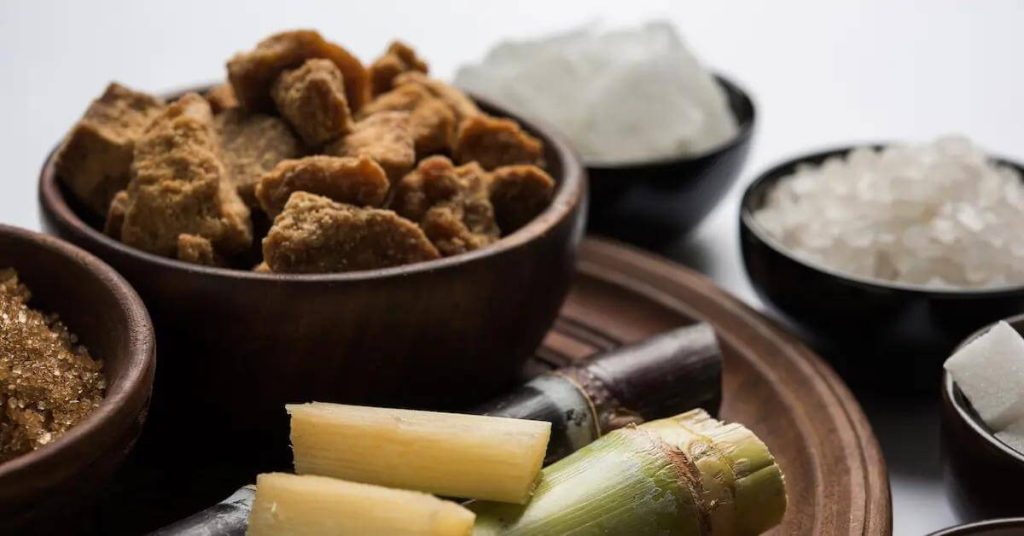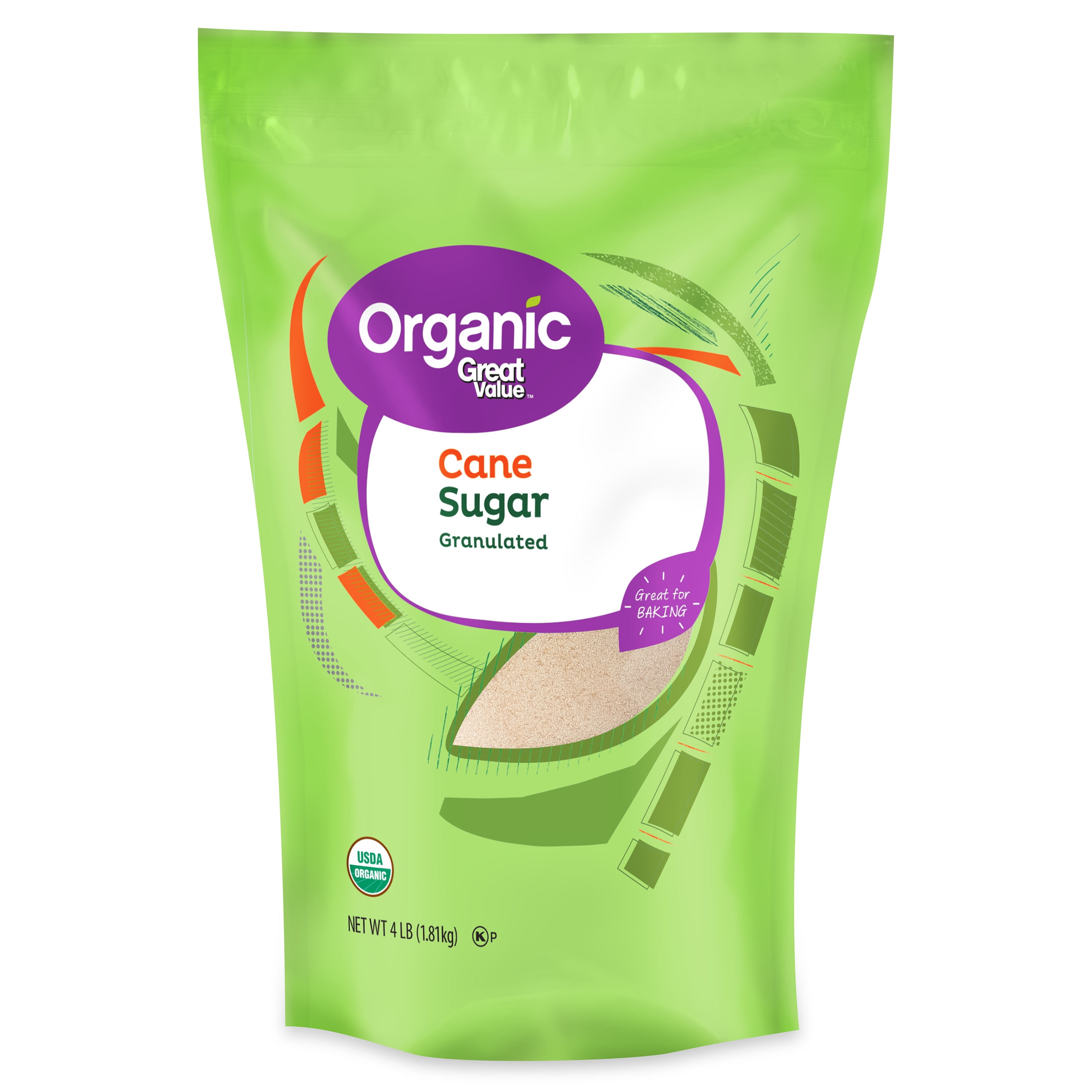Effective Cane Sugar Processing: Maximizing Yield and Pureness
Effective Cane Sugar Processing: Maximizing Yield and Pureness
Blog Article
Discovering the Comprehensive Steps Involved in Walking Cane Sugar Handling From Gathering to Improvement
The procedure of cane sugar production includes a collection of complex steps, starting with the cautious harvesting of sugarcane and culminating in the improvement stages that make certain the final item fulfills industry criteria. Each phase, from the removal of juice to the purification and crystallization procedures, plays a critical role in determining the quality and character of the sugar. Understanding these stages not just highlights the complexity of sugar production but likewise elevates vital inquiries concerning effectiveness, sustainability, and innovation in the sector. What ramifications do these variables have for future practices?
Harvesting Sugarcane
Harvesting sugarcane is a vital action in the walking stick sugar handling chain, as it straight affects the high quality and return of the end product. Correct timing and methods are necessary throughout this stage to ensure optimal sugar content and decrease losses. Typically, sugarcane is collected when it reaches maturation, generally 12 to 18 months after growing, defined by a high sucrose focus.

Post-harvest, the sugarcane should be processed swiftly to prevent sucrose degradation. Preferably, collected walking stick ought to be transferred to refining centers within 24-hour to preserve sugar top quality. For that reason, effective logistical preparation is critical to preserve the integrity of the collected crop throughout the supply chain.
Removal Process
:strip_icc()/How-to-Plant-and-Grow-Sugar-Cane-965303384-2fdac181359d44c185dfa7988fc181a8.jpg)
The crushed walking cane goes through a series of pressing operations to optimize juice healing. Normally, warm water is splashed onto the smashed walking stick, creating a countercurrent circulation that aids dissolve the sugar while also assisting in the removal procedure. The juice gathered from this operation consists of not only sugar yet also various natural substances and impurities.

To boost extraction efficiency, some facilities might use diffusion approaches, where the sugarcane is soaked in warm water, allowing the soluble sugars to diffuse right into the liquid. The resulting juice, rich in sucrose, is then directed to succeeding handling stages, laying the structure for filtration and improvement. The removal process is therefore essential in figuring out the top quality and return of the last sugar item.
Purification Methods
The purification methods utilized in cane sugar processing are necessary for changing the raw juice into a premium sugar item. These techniques mainly aim to remove impurities, such as dirt, plant products, and inorganic substances, which can adversely affect the last item's taste and shade.
This procedure entails adding lime and heat to the raw juice, which promotes the coagulation of pollutants. Additionally, the usage of phosphoric acid can improve the clarification procedure by additional binding impurities.
An additional considerable strategy is carbonatation, where carbon dioxide is presented to the cleared up juice. This response creates calcium carbonate, which records staying impurities and promotes their elimination.
Additionally, turned on carbon treatment might be applied to adsorb any kind of staying colorants and natural contaminations, guaranteeing a more polished item. The combination of these techniques find this successfully prepares the sugar juice for subsequent action in the refining procedure, setting the phase for the production of go premium cane sugar.
Crystallization Methods
After the filtration phase, the following vital step in walking cane sugar handling includes condensation techniques, which play a pivotal duty in transforming the cleared up juice right into solid sugar. This process commonly employs 2 primary techniques: spontaneous formation and controlled condensation.
In spontaneous condensation, supersaturated sugar solutions are enabled to cool naturally, causing the formation of sugar crystals over time. This method is less complex yet may cause uneven crystal sizes and lower purity levels. On the various other hand, regulated crystallization is a much more accurate technique where concentration, temperature, and seeding representatives are diligently managed. This method permits for the uniform growth of sugar crystals and greater purity.
During condensation, the clarified juice is focused through dissipation, increasing its sugar web content up until it gets to supersaturation. When this factor is attained, either approach can assist in the formation procedure. Cane Sugar Processing. The resultant sugar crystals are then separated from the remaining syrup via centrifugation
Ultimately, the option of formation approach affects the high quality, dimension, and pureness of the last sugar item, making this action vital in the total walking cane sugar processing treatment.
Improvement and Packaging
Just how can the pureness and high quality of cane sugar be further improved after formation? The improvement procedure plays a vital function in attaining top quality walking stick sugar.
Next, the sugar undergoes a procedure called centrifugation, where it is rotated at broadband to separate the detoxified sugar crystals from the continuing to be fluid. After centrifugation, the sugar is often additional refined via a technique called carbonization or phosphatation, which utilizes triggered carbon or phosphoric acid to remove shade and off-flavors.
As soon as improved, the sugar is dried out to attain the desired moisture material, making certain that it continues to be my latest blog post stable during storage and transportation. The last action entails packaging the refined sugar in moisture-proof and impermeable containers to maintain its top quality and stop contamination. Cane Sugar Processing. Correct packaging not just prolongs life span but likewise helps with simple handling and circulation, making sure that customers get sugar that satisfies the greatest requirements of pureness and high quality
Verdict
The detailed actions associated with cane sugar processing, from the precise harvesting of sugarcane to the detailed improvement and product packaging stages, underscore the value of each phase in ensuring top notch sugar manufacturing. Optimal harvesting strategies, reliable removal techniques, and strenuous purification processes collectively add to the end product's pureness and security. The crystallization and subsequent packaging practices further boost the integrity and shelf life of the sugar, highlighting the intricacy and accuracy intrinsic in this crucial agricultural market.
The procedure of walking stick sugar manufacturing incorporates a series of complex steps, beginning with the careful harvesting of sugarcane and finishing in the refinement phases that make certain the final item satisfies sector standards. Ideally, harvested walking cane must be transferred to processing centers within 24 hours to preserve sugar high quality.In spontaneous formation, supersaturated sugar solutions are enabled to cool naturally, leading to the development of sugar crystals over time - Cane Sugar Processing. The refinement procedure plays a crucial function in achieving high-quality walking cane sugar.The extensive steps entailed in walking stick sugar handling, from the precise harvesting of sugarcane to the complex refinement and product packaging stages, highlight the importance of each stage in ensuring high-grade sugar manufacturing
Report this page